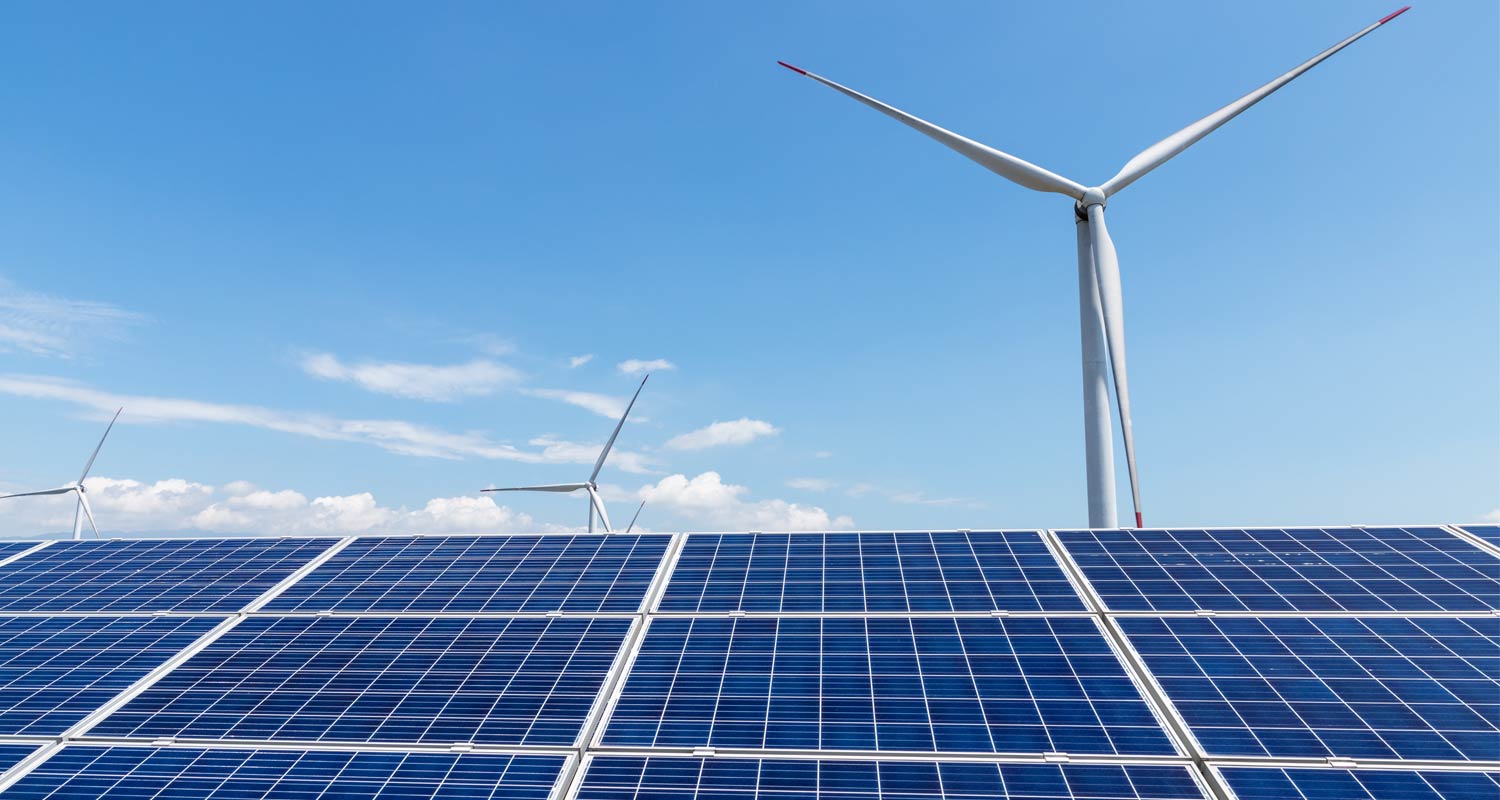 South Africa’s updated energy blueprint envisions more than 100GW of new generation capacity being built by 2050, and proposes that a variety of technologies and fuels be considered to produce it, including solar, wind, nuclear and coal.
South Africa’s updated energy blueprint envisions more than 100GW of new generation capacity being built by 2050, and proposes that a variety of technologies and fuels be considered to produce it, including solar, wind, nuclear and coal.
The most industrialised nation on the continent lacks a reliable electricity supply, resulting in frequent blackouts that crimp the economy. The Integrated Resource Plan 2023 published in the Government Gazette on Thursday maps out multiple scenarios, such as a “least cost” plan to produce 105GW of power, and another that sees 166GW being generated from wind, solar, gas and battery storage.
“Energy pathways based on renewable and clean energy technologies only deliver the desired outcome in so far as decarbonising the power system,” the energy department said in the plan. “These pathways do not provide security of supply, while carrying the highest cost to implement.”
Minister of mineral resources & energy Gwede Mantashe, a former mineworker and labour union leader who has previously said he doesn’t have a problem with being identified as a “coal fundamentalist”, has overseen a stop-start government programme to boost renewable power generation.
The blueprint envisions an additional 4.5GW of power being added to the grid from wind projects, 3.7GW from solar plants, 7.2GW from gas plants and 1.4GW from coal plants by 2030. Another 4.1GW should be available from battery storage, while companies are expected to produce about 6GW for their own use, it said.
Read: Eskom in dire straits
The ensuing period that runs until to 2050 “will require a massive new build programme with significant capacity required in just over a decade from now”, including the associated transmission network, according to the plan. The energy path that is adopted will “ensure security of supply, reduce carbon emissions, and ensure least cost to the economy”, it said.
Highlights
Other highlights from the plan:
- Coal continues to play a significant role in electricity generation in South Africa. Given the abundance of coal resources in the country, a consideration for investments in more efficient and clear coal technologies is necessary.
- Nuclear power is an important form of clean energy, and the government has made a decision to expand its atomic programme. Small modular reactors could be deployed incrementally to match increasing energy demand.
- Gas to power technologies will provide the flexibility to complement renewable energy. In the short term, gas import options should be pursued while local exploration is undertaken.
- Solar and wind technologies provide an opportunity to diversify the energy mix, and production is set to increase rapidly. — (c) 2024 Bloomberg LP




